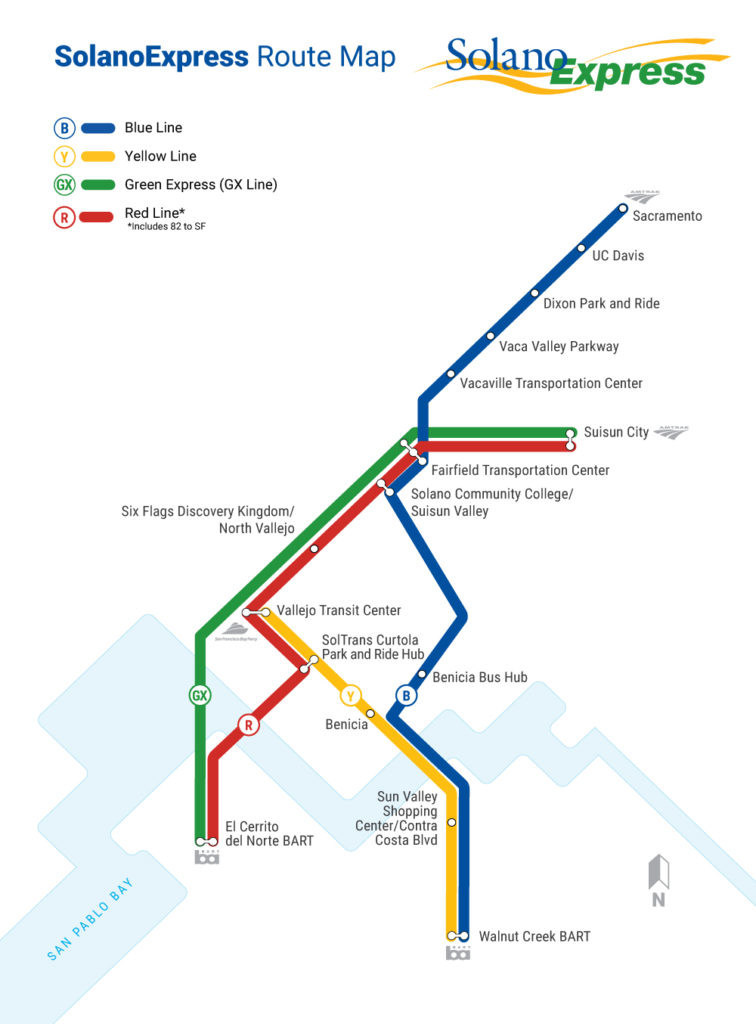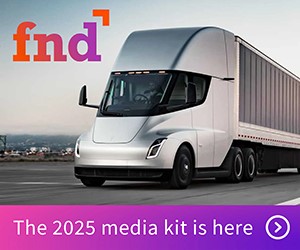Momentum Dynamics and Solano Transportation Authority Build Interagency Wireless Bus Charger Network in Northern California
The first ever interagency, emissions-free charger network will be used by SolanoExpress and adjacent transit agencies
Public buses carrying passengers in Northern California soon will be among the first electric vehicles in that state to use wireless charging, allowing emission-free automatic charging while the buses remain on their designated routes. Momentum Dynamics Corporation (Momentum) of Malvern, PA, the global leader in wireless charging for all types of electric vehicles, announces first-of-its-kind shared charging network to be deployed in Northern California. The project, with support from the California Energy Commission (CEC)’s BESTFIT Innovative Charging Solutions program, will establish a model for shared electric vehicle charging infrastructure in Northern California.
This project – approved unanimously and enthusiastically by the CEC board earlier today – will deploy the first ever interagency wireless charging network. Momentum will partner with Solano Transportation Authority (STA) to deploy 300kW automatic wireless fast-charging infrastructure at seven strategic transit centers in the region between San Francisco and Sacramento. The charging network will power STA’s SolanoExpress service, which is operated by two local agencies (SolTrans and FAST). In addition, this network will facilitate the acceleration of electric bus adoption by also being open to other transit agencies operating at these transit centers. The seven transit centers are located at:
- El Cerrito Del Norte Bay Area Rapid Transit (BART) Station
- Walnut Creek BART Station
- The Fairfield Transportation Center (FTC)
- The Suisun-Fairfield Amtrak Station
- The Vacaville Transportation Center
- The Vallejo Transit Center (VTC)
- The York St Regional Bus Facility Extension at VTC
“This project will be the first where a distributed network of high-powered commercial chargers will be operated for the mutual benefit of multiple transit agencies” said Bob Kacergis, Chief Commercial Officer at Momentum Dynamics. “This will accelerate the electrification of transit in the Northern California corridor between Sacramento and San Francisco. This project is well aligned with Governor Gavin Newsom’s recent proposal to replace 1,000 transit buses with electric models in the state of California and President Biden’s push to accelerate electrification of US fleets. At a time when there is great focus on the combined priorities of U.S. infrastructure and climate change, this project can serve as a model for public transit systems across the country and throughout the world.”
Momentum’s charging equipment is currently available as a factory option from GILLIG, BYD, and GreenPower, with approximately 200 wirelessly powered electric buses on the road or on order. Momentum is also in integration planning discussions with four additional U.S. bus manufacturers. Charging systems are offered from 75kW to 450kW. Momentum’s systems are UL field certified and have the CE Mark for European sales.
Creating shared charging infrastructure at transit centers will keep vehicles powered and on-route all day, while also reducing the need for each agency to have dedicated infrastructure. The goal is to demonstrate a model of interagency cooperation that can accelerate electrification and the development of shared, high powered commercial charging infrastructure.
“We are excited for this funding and want to thank the California Energy Commission for partnering with the STA and Momentum Dynamics on our Innovative Wireless Charging for Public Transit Project,” said STA Board Chair and Mayor of Vacaville Ron Rowlett. “This funding will support the deployment of a pioneering wireless charging network which will enable electrification of the SolanoExpress long-haul commuter routes, showcase a replicable charging model for transit across California, and allow regional transit agencies to participate in a shared wireless charging network to provide clean transportation and improve mobility for commuters, students, and essential workers. We look forward to building and operating a model of cooperative EV infrastructure with our partner transit agencies.“
“This is an exciting project for several reasons and is an excellent example of how public funds and grants can support all Californians as we transition to a zero-emission future. Zero-emission transit vehicles support our goals of improving public health and air quality and also help to get people out of cars. Wireless charging of buses and other EVs with shared infrastructure is an innovative and impactful means to support public transportation” said Hannon Rasool, Deputy Director of the Fuels and Transportation Division at the California Energy Commission. “Our Clean Transportation Program, funded through Assembly Bill 8, is designed to support broad deployment of zero-emission vehicle infrastructure, create access for all Californians, and support innovative projects like this one. This project will play a key role in achieving California‘s ambitious goals on climate change and air quality standards while supporting the state’s sustainable, long-term economic development.”
Wireless Charging Keeps Fleets Moving
Wireless charging for electric vehicles allows automatic charging during regular operation. While in-service, such as during the loading of passengers or parcels, an equipped vehicle parks over charging pads that are embedded in the pavement or mounted on the floor of a garage. The charging is automatic and requires no action or supervision by the driver who is free to continue primary duties such as vehicle loading or attending to passengers. The system works in all weather and is unaffected by rain, ice, or snow.
Automatic wireless charging also enables automated charging of the full range of autonomous vehicles including restricted fleets (logistics yards, vehicle depots, geofenced areas) and open road fleets (delivery, shared mobility, and passenger vehicles).
Category: Driver Stuff, Electric Vehicles, Engines & Drivetrains, Equipment, Featured, Fleet Maintenance, Fuel & Oil, General Update, Green, News, Transit News











